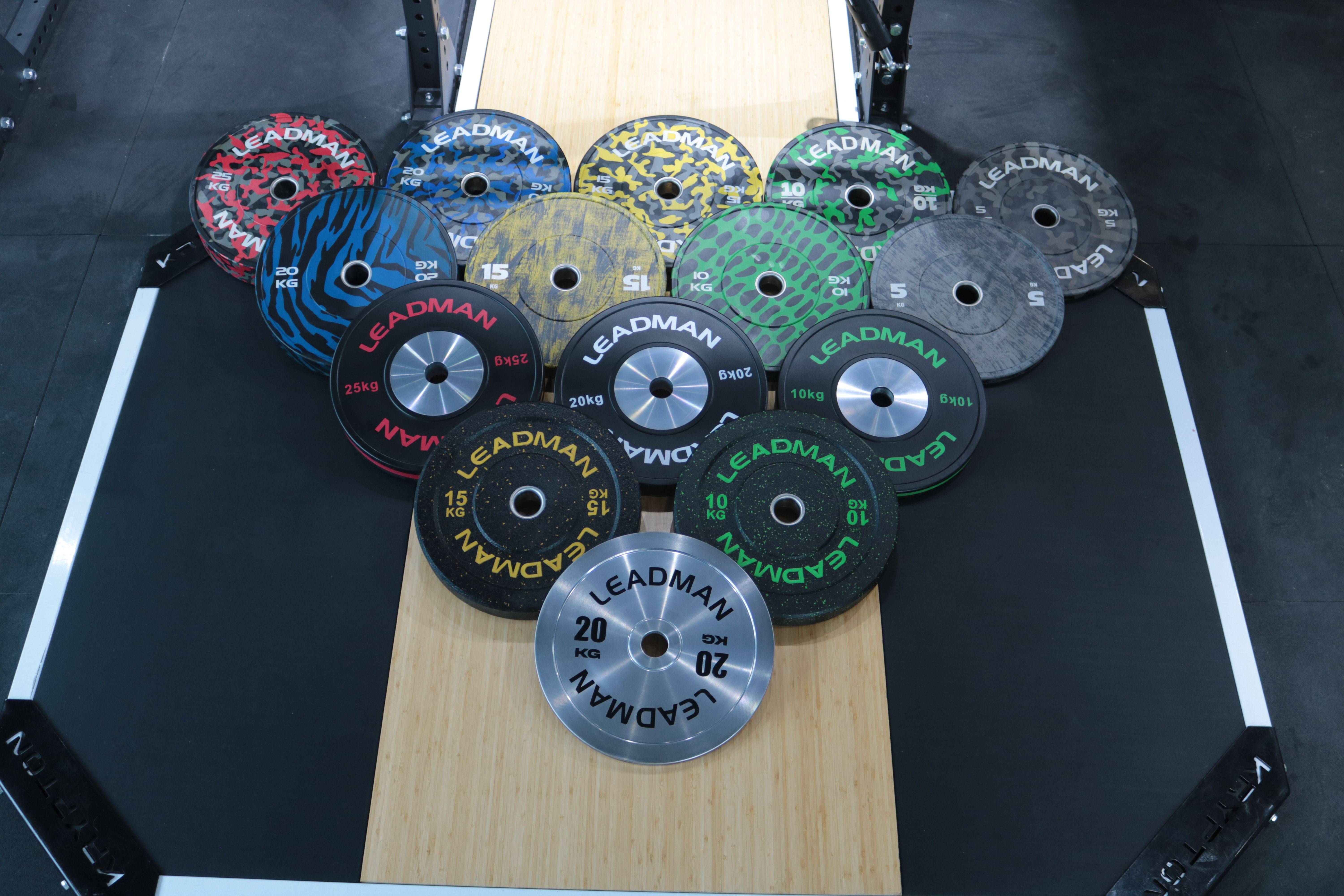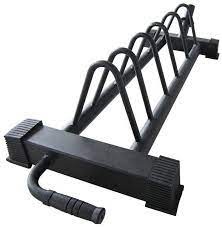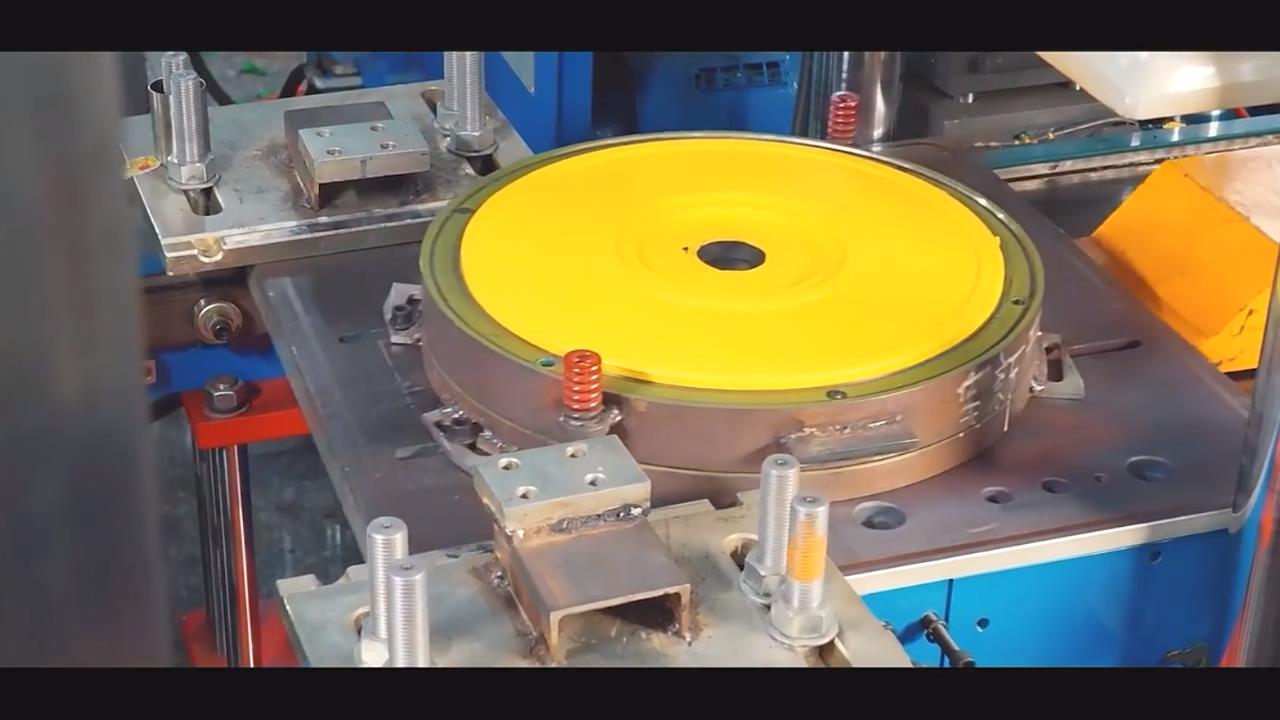what is the difference between bumper plates and weight plates
When setting up your home gym, selecting the right type of weight plates can significantly impact your training experience. At Leadmanfitness, we provide a wide range of plates to suit various fitness goals, including bumper plates and standard weight plates. In this guide, we’ll break down the key differences between these two types of plates, helping you make an informed decision.

Bumper Plates vs. Standard Weight Plates: The Key Differences
The main difference between bumper plates and weight plates lies in their material and usage. Bumper plates are constructed from dense rubber, making them ideal for Olympic-style lifts where the barbell is often dropped from overhead. In contrast, standard weight plates (often made of cast iron or steel) are not designed for heavy drops and are better suited for traditional strength training exercises like squats, deadlifts, and bench presses.
Here are the key distinctions:
1. Material and Durability
- Bumper Plates: Made from high-quality, solid rubber, these plates are designed to be dropped without damaging the plates, the floor, or the barbell. This makes them ideal for high-intensity workouts like Olympic lifting, CrossFit, and powerlifting.
- Weight Plates: Typically made of cast iron or steel, these plates are more rigid and durable for static lifts but are not suitable for repeated drops. They may come with a rubber coating for noise reduction and floor protection, but they lack the same shock-absorbing properties as bumper plates.
2. Shock Absorption and Safety
- Bumper Plates: Due to their rubber construction, bumper plates absorb impact, reducing noise and the risk of damaging your floor. This makes them safer for home gyms where space and floor protection are a concern.
- Weight Plates: Standard plates are more prone to causing floor damage or making loud noise when dropped. They are best used with exercises where the weight isn't routinely dropped, such as squats or rack exercises.
3. Weight Consistency and Bar Height
- Bumper Plates: All bumper plates, regardless of weight, have a standardized diameter (450mm). This keeps the barbell at the same height from the ground for exercises like deadlifts and cleans, ensuring consistent form and reducing injury risk.
- Weight Plates: Standard plates vary in size depending on their weight. Heavier plates are larger, which can change the height of the barbell and affect your form during certain lifts.
4. Versatility and Usage
- Bumper Plates: Best for Olympic lifting, CrossFit, and any workout that involves dropping the barbell. Leadmanfitness offers options like the Renegade Pro Grade Bumper Plates, known for their durability and color-coded design for easy identification.
- Weight Plates: More suited for traditional lifts like squats, deadlifts, and bench presses. If your workout routine involves a lot of static strength training, Renegade Rubber Coated Weight Plates from Leadmanfitness are a budget-friendly, quieter option.
5. Cost Considerations
- Bumper Plates: While bumper plates tend to be more expensive due to their durable rubber design and ability to withstand drops, they are a long-lasting investment for those who perform high-intensity or Olympic-style lifting.
- Weight Plates: Generally more affordable, especially cast iron options. These are a cost-effective solution for those focused on traditional weight training where plates aren’t dropped frequently.
Which Plates Are Right for You?
If your training involves Olympic lifts or high-intensity workouts where weights are dropped often, investing in bumper plates is crucial. They offer durability, safety, and protection for both your floors and equipment. For traditional strength training, standard weight plates or rubber-coated plates provide a more affordable and effective option.
At Leadmanfitness, we offer a wide selection of bumper plates and standard weight plates to meet your fitness needs. Whether you’re building a home gym or upgrading your existing setup, we have the equipment to support your goals.




